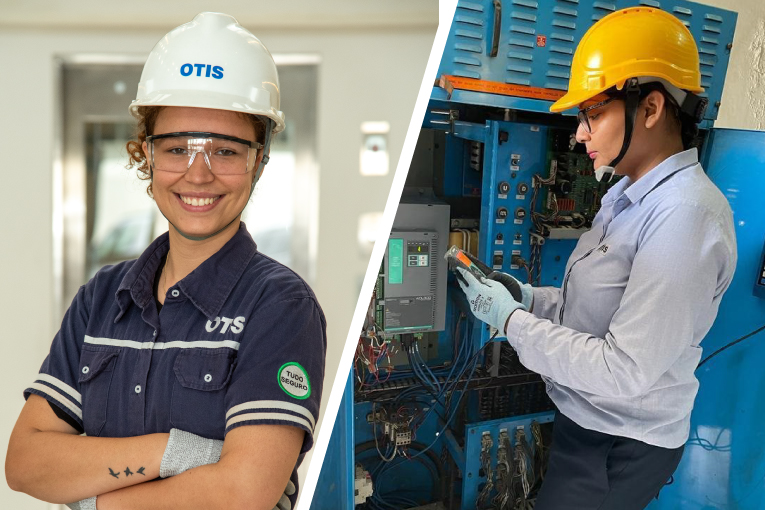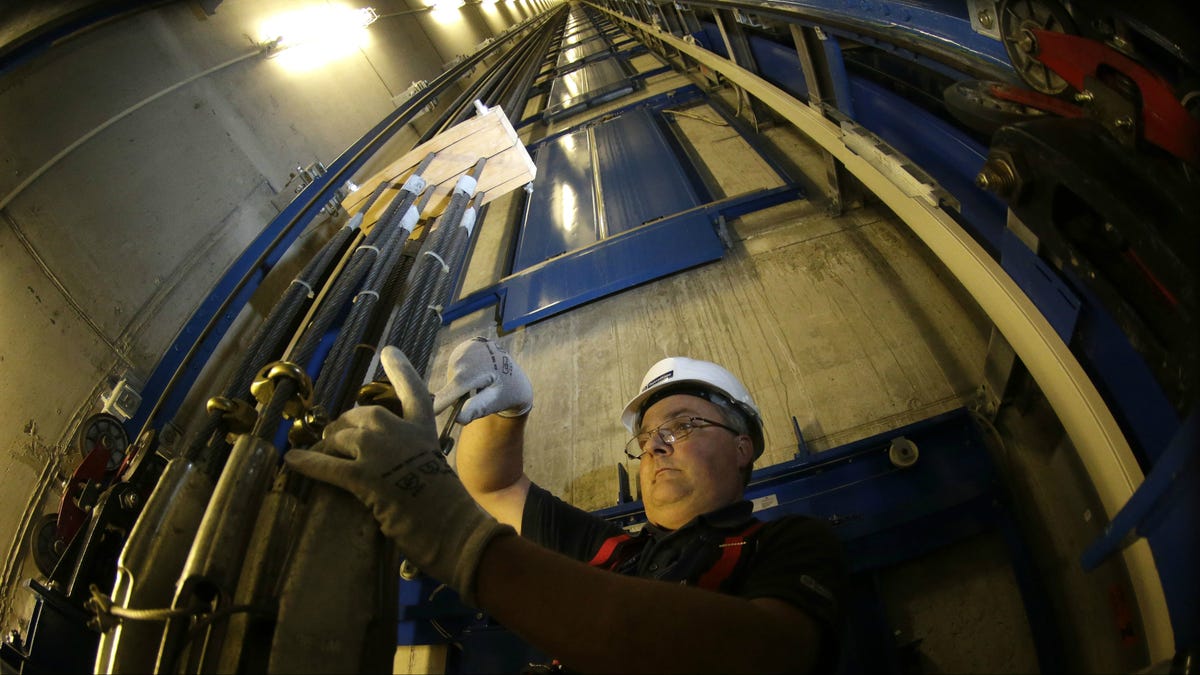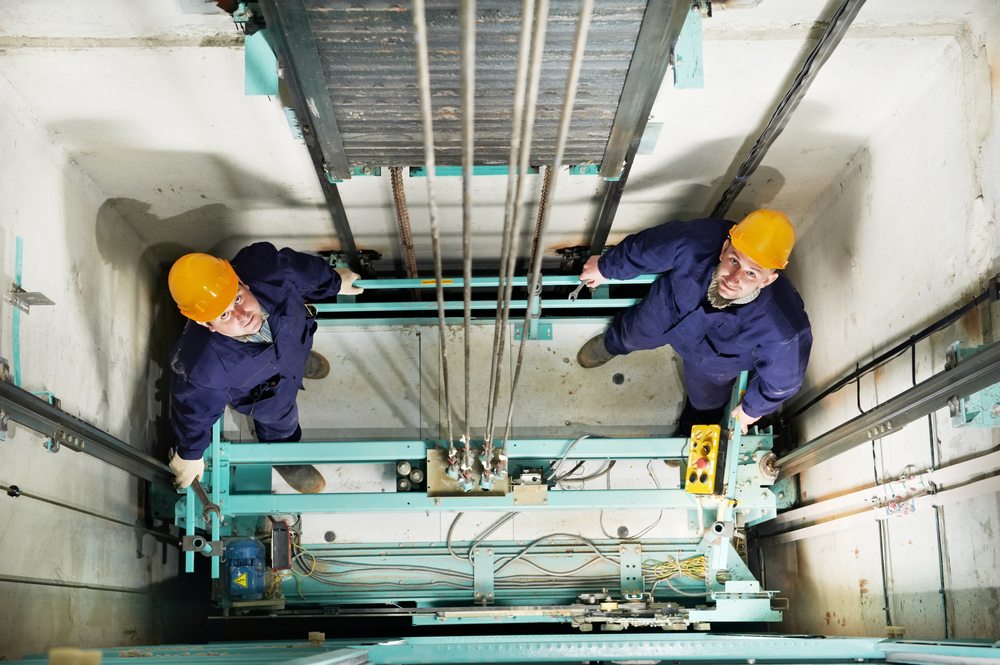The Relevance of Routine Upkeep to Safeguard the Performance of Lifts
In the world of vertical transport, elevators play a pivotal role in guaranteeing seamless mobility within various facilities. The functional effectiveness of elevators is contingent upon careful maintenance methods that often go undetected yet are crucial for their appropriate performance. Routine maintenance not just assures the smooth operation of lifts but additionally acts as an aggressive action to avert possible breakdowns that might impede their performance. However, the real value of sticking to suggested upkeep schedules extends beyond plain functional effectiveness.
Relevance of Elevator Maintenance
Lift maintenance is a vital practice for making certain the security and trustworthy operation of vertical transport systems. Routine upkeep not only extends the life expectancy of elevators but also minimizes the threat of unforeseen break downs that can hassle building residents and visitors. By sticking to a set up maintenance plan, building owners and center supervisors can find and attend to possible concerns prior to they rise into major problems, hence lessening expensive fixings and downtime.
In addition, lift maintenance plays an essential duty in maintaining compliance with safety and security laws and requirements. Regular inspections and servicing aid to determine and rectify any security risks without delay, making certain that the elevator operates within specified safety and security parameters. This aggressive technique not just safeguards the health of travelers however likewise shields the structure proprietor from legal responsibilities in the event of injuries or crashes.

Cost-Efficiency of Normal Maintenance
Making certain regular servicing of upright transportation systems can lead to considerable cost financial savings and operational effectiveness for building proprietors and facility managers. By purchasing routine upkeep for elevators, prospective problems can be recognized and dealt with without delay, stopping extra costly and substantial repair services in the future. Routine servicing aids to expand the life expectancy of lift components, decreasing the need for early replacements that could strain the budget plan.
Additionally, well-kept lifts are extra energy-efficient, as efficiently running systems eat much less power. This translates right into reduced energy costs for the structure owner in time - lift repair company. Reliable elevators also contribute to improved lessee complete satisfaction and retention, as locals profit from trustworthy vertical transport that operates effortlessly. The enhanced functional performance of well-serviced lifts can also increase the general value of the building.
Precaution and Evaluations
To preserve the cost-efficiency and operational effectiveness attained with regular maintenance of upright transportation systems, detailed precaution and evaluations are important parts of a lift maintenance program. Precaution incorporate a series of procedures created to stop crashes, lower risks, and guarantee the health of elevator users. Normal assessments play an essential duty in determining possible security risks, such as malfunctioning circuitry, worn-out elements, or incorrect door operating. These inspections must be conducted by certified technicians who can examine the overall problem of the lift system and deal with any issues without delay.
Along with routine assessments, lift maintenance programs should consist of regular security tests to validate the proper performance of essential safety functions, such as emergency brakes, overspeed guvs, and door sensors. These tests assist make sure that the elevator system meets industry safety requirements and laws. By prioritizing security actions and examinations, building owners and center managers can boost the reliability of their vertical transportation systems and provide a secure environment for passengers and site visitors.
Enhancing Elevator Performance
By executing positive upkeep strategies, facilities can enhance lift efficiency and lessen downtime. Enhancing lift efficiency includes a mix of regular upkeep, modernization efforts, and technical advancements. Routine maintenance tasks such as lubricating moving components, changing door mechanisms, and checking electric elements can significantly improve the efficiency and life expectancy of lifts. Additionally, innovation projects can upgrade older systems with brand-new innovations, boosting energy efficiency and experience convenience.
Technical innovations, such as my sources location dispatch systems and predictive upkeep tools, can likewise improve elevator efficiency by enhancing traffic circulation and finding possible concerns prior to they cause downtime. These innovations not only enhance the overall effectiveness of lifts but also boost guest experience by lowering wait times and supplying a smoother ride.

Making Certain User Fulfillment
Building upon the structure of boosted lift performance via routine maintenance and modernization efforts, the focus now shifts towards maximizing individual contentment within the lift experience. Making sure individual fulfillment entails different essential aspects that add to a favorable directory and seamless trip for passengers. One crucial aspect is the dependability of the elevator system, where users anticipate very little downtime and reliable operation. pop over to this site Routine maintenance plays a considerable role in maintaining this integrity by preemptively resolving potential problems and making sure smooth performance.

Final Thought
In final thought, regular upkeep of lifts plays a critical duty in ensuring their efficiency, safety, and effectiveness. Routine maintenance is an essential method to protect the effective operation of lifts in both industrial and household buildings.
Elevator upkeep is an important method for making sure the safety and dependable procedure of upright transport systems.To preserve the cost-efficiency and functional efficiency attained through regular maintenance of upright transportation systems, detailed safety steps and inspections are important elements of a lift upkeep program (lift maintenance contract).In addition to regular inspections, lift maintenance programs must include regular safety and security examinations to confirm the proper functioning of important safety features, such as emergency situation brakes, overspeed governors, and door sensing units.Structure upon the structure of boosted elevator performance through routine maintenance and modernization efforts, the focus currently changes in the direction of enhancing customer satisfaction within the lift experience.In conclusion, normal upkeep of elevators plays a vital function in ensuring their safety and security, performance, and performance